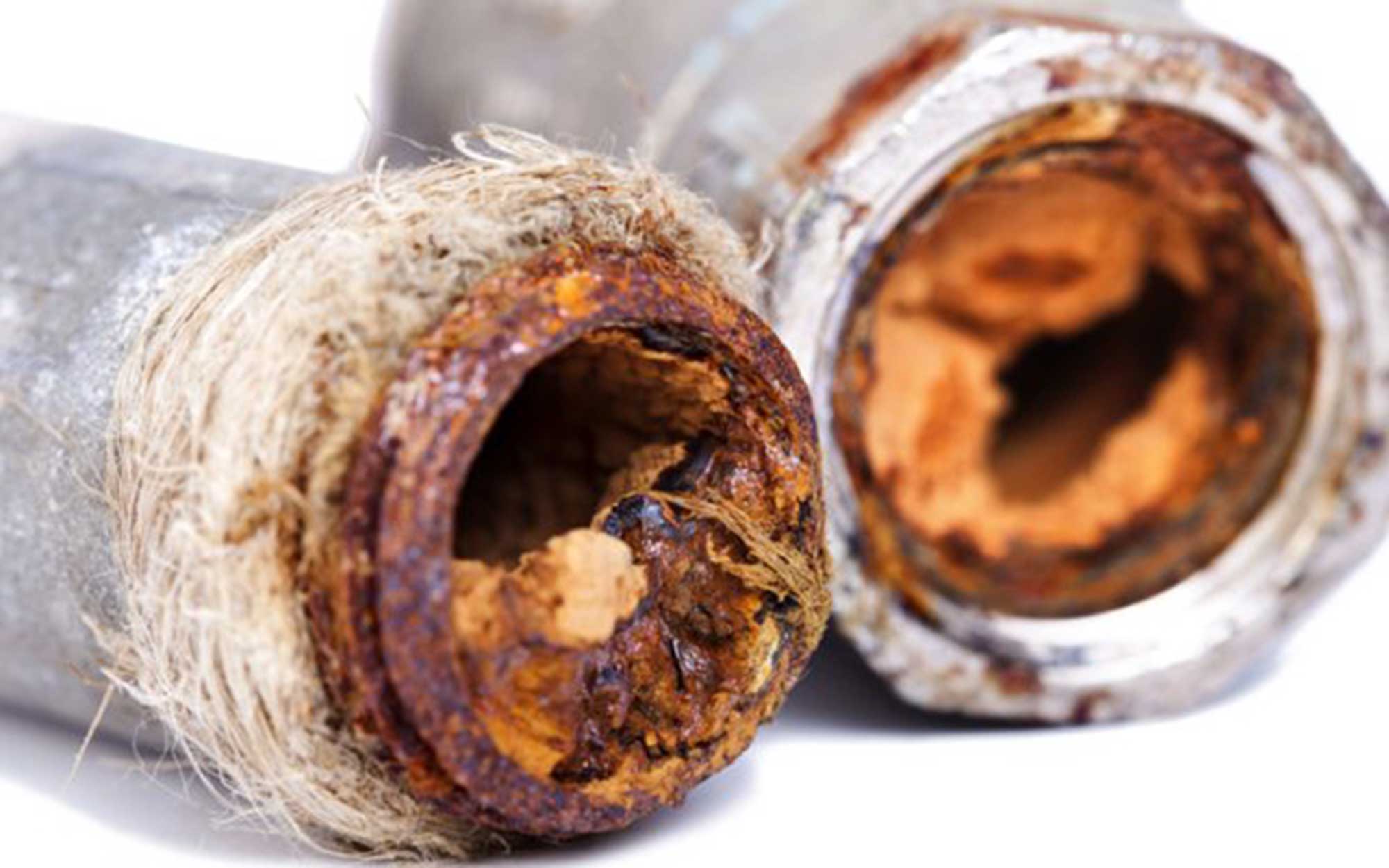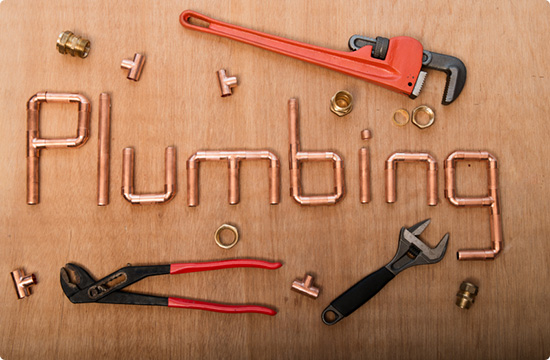Identify & Repair Plumbing Noises
Identify & Repair Plumbing Noises
Blog Article
This post below relating to How To Fix Noisy Pipes is without a doubt motivating. You should see for yourself.

To detect noisy plumbing, it is very important to figure out initial whether the unwanted noises happen on the system's inlet side-in other words, when water is turned on-or on the drain side. Noises on the inlet side have differed reasons: too much water pressure, worn valve as well as tap components, improperly linked pumps or various other devices, inaccurately positioned pipeline fasteners, and plumbing runs including way too many tight bends or other limitations. Sounds on the drain side usually stem from poor place or, just like some inlet side sound, a format having tight bends.
Hissing
Hissing sound that takes place when a tap is opened a little typically signals excessive water stress. Consult your local water company if you believe this issue; it will certainly have the ability to inform you the water stress in your area and also can install a pressurereducing shutoff on the incoming water pipeline if required.
Various Other Inlet Side Noises
Squeaking, squeaking, scraping, snapping, as well as tapping generally are caused by the expansion or contraction of pipes, typically copper ones providing warm water. The audios take place as the pipes slide versus loosened bolts or strike close-by home framework. You can usually pinpoint the location of the problem if the pipes are exposed; simply adhere to the audio when the pipelines are making sounds. Probably you will certainly find a loose pipe hanger or an area where pipes exist so near floor joists or other mounting items that they clatter versus them. Affixing foam pipe insulation around the pipes at the point of get in touch with ought to correct the issue. Make certain bands and also wall mounts are safe and secure and also give ample assistance. Where feasible, pipeline bolts need to be attached to enormous structural elements such as foundation walls instead of to framing; doing so lessens the transmission of resonances from plumbing to surface areas that can magnify as well as transfer them. If connecting fasteners to framing is unavoidable, wrap pipelines with insulation or various other resistant product where they call fasteners, and also sandwich completions of brand-new fasteners between rubber washing machines when mounting them.
Fixing plumbing runs that suffer from flow-restricting limited or many bends is a last hope that ought to be taken on only after speaking with an experienced plumbing contractor. Regrettably, this circumstance is fairly typical in older houses that might not have been constructed with interior plumbing or that have seen numerous remodels, specifically by novices.
Chattering or Shrilling
Extreme chattering or screeching that happens when a valve or faucet is activated, and that normally disappears when the installation is opened fully, signals loosened or faulty interior components. The solution is to change the valve or faucet with a brand-new one.
Pumps as well as appliances such as washing devices and dishwashers can transfer motor sound to pipes if they are poorly linked. Connect such products to plumbing with plastic or rubber hoses-never rigid pipe-to isolate them.
Drain Sound
On the drain side of plumbing, the principal goals are to remove surfaces that can be struck by dropping or rushing water and also to insulate pipelines to include inescapable audios.
In new building and construction, tubs, shower stalls, toilets, as well as wallmounted sinks and containers should be set on or versus resilient underlayments to minimize the transmission of sound with them. Water-saving commodes and taps are much less loud than conventional versions; install them rather than older kinds even if codes in your area still allow using older components.
Drains that do not run vertically to the cellar or that branch right into horizontal pipeline runs supported at floor joists or various other framing existing specifically problematic sound troubles. Such pipes are big sufficient to radiate significant resonance; they also carry considerable quantities of water, that makes the situation even worse. In brand-new construction, define cast-iron soil pipelines (the big pipelines that drain bathrooms) if you can manage them. Their enormity contains much of the sound made by water travelling through them. Additionally, avoid directing drains in wall surfaces shown to bedrooms as well as rooms where people gather. Walls consisting of drains need to be soundproofed as was described earlier, using double panels of sound-insulating fiberboard and wallboard. Pipes themselves can be wrapped with special fiberglass insulation made for the purpose; such pipes have an invulnerable vinyl skin (in some cases containing lead). Results are not constantly sufficient.
Thudding
Thudding sound, usually accompanied by trembling pipes, when a tap or device shutoff is shut off is a problem called water hammer. The noise and vibration are caused by the reverberating wave of stress in the water, which instantly has no area to go. Often opening up a valve that discharges water rapidly into an area of piping having a limitation, arm joint, or tee fitting can create the same condition.
Water hammer can usually be treated by installing installations called air chambers or shock absorbers in the plumbing to which the issue valves or taps are linked. These gadgets allow the shock wave developed by the halted circulation of water to dissipate in the air they contain, which (unlike water) is compressible.
Older plumbing systems might have brief vertical sections of capped pipeline behind wall surfaces on faucet runs for the very same function; these can eventually loaded with water, lowering or ruining their performance. The remedy is to drain the water supply totally by shutting down the primary supply of water valve and also opening up all faucets. Then open the primary supply valve and shut the faucets individually, beginning with the faucet nearest the valve and also ending with the one farthest away.
If Your Plumbing is Making These Sounds, There’s a Problem
A Bang or Thump When You Turn Off a Faucet
If a loud bang or thump greets you each time your turn off running water, you likely have a water hammer. A water hammer occurs when the water velocity is brought to a halt, sending a shock wave through the pipe. It can be pretty jarring — even worse, damaging to your plumbing system. All that thudding could loosen connections.
Strange Toilet Noises
You’re so familiar with the sounds your toilet makes that your ears will be attuned to anything out of the ordinary. Fortunately, most unusual toilet noises can be narrowed down to just one of several problems.
Foghorn sound:
Open the toilet tank Flush the toilet When you hear the foghorn noise, lift the float to the top of the tank If you’re ambitious, you can remove the ballcock valve and disassemble it to replace the washer. Or you can more easily replace the ballcock valve entirely. This device is relatively inexpensive and available at most any hardware store.
Persistent hissing:
The hissing following a flush is the sound of the tank filling. It should stop once the tank is full. But if the hissing continues, it’s likely because water is leaking out of the tank. The rubber flap at the bottom of the tank can degrade, letting water slip through and into the bowl. That’s why the tank is refilling continuously. Fortunately, this is an easy fix:
Cut the water to the toilet by closing the shutoff valve on the water supply line. Flush the toilet to drain the tank. Disconnect the flapper Attach the new flapper Gurgling or bubbling:
Gurgling or bubbling suggests negative air pressure in the drain line, likely resulting from a clog. As air releases, it causes the water in the toilet to bubble. This could either be a minor issue or a major one, depending on the clog’s severity. Clogs can be caused by toilet paper or more stubborn obstructions such as tree roots. If you can’t work out the clog with a plunger, contact a professional plumber for assistance because a clog of this magnitude could lead to filthy and unsanitary sewage backups in your sink bathtub.

We had been shown that article on Why Your Water Pipes Are Noisy and How To Shut Them Up from someone on another domain. If you enjoyed our post if you please don't forget to pass it around. Kudos for your time. Please visit our website back soon.
Click For More Info Report this page